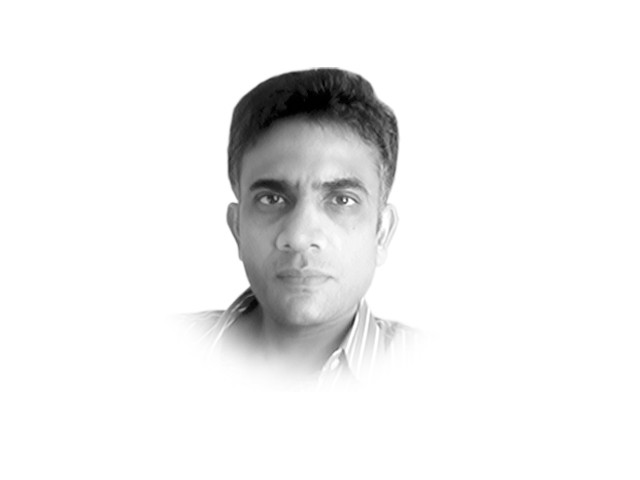
During the Lok Sabha elections, Narendra Modi made himself accessible to reporters, particularly television interviewers. Now he has gone back to his original manner, which is to communicate through social media and speeches, not interviews and press conferences.
The only journalist he has given time to after taking office was CNN’s Fareed Zakaria, producing a soft interview aimed mainly at introducing India’s leader to the world.
Now, the Editors Guild of India, a mostly dormant body that is controlled by proprietors rather than professional editors, feels sufficiently alarmed to have complained about Modi’s insularity. In a statement this week, it said there was a “certain deficit in transparency in the functioning of the government.”
The Guild said that “by delaying the establishment of a media inter-face in the Prime Minister’s Office, in restricting access to ministers and bureaucrats in offices and in reducing the flow of information at home and abroad, the government in its early days seems to be on a path that runs counter to the norms of democratic discourse and accountability”.
Things have been moving in this direction for some time now. The website Scroll.in reported as early as June that “one of the facts that went largely unremarked about Modi’s meeting with senior bureaucrats was that he instructed them to keep away from media”. The PM had also “asked his cabinet colleagues to refrain from speaking to the journalists and instead letting official government spokespersons do the talking on their behalf.”
This was “the first serious step to turn New Delhi into Gandhinagar, where during Modi’s three terms as chief minister, members of his cabinet would not speak to the press unless they had obtained permission from him. Even the customary press briefings after the state cabinet meetings — which in other states are addressed by ministers — are either not held at all in Gujarat or are addressed by spokesmen of the state government.”
When Modi feels the need to say something, he tweets it or makes a speech. The Guild says that this is not good enough: “A top-down, one-way interaction in a country with limited internet connectivity and technological awareness cannot be the only answer for large masses of readers, viewers, surfers and listeners. Debate, dialogue and discussion are the essential ingredients of a democratic discourse.”
This is true, of course, but the history is that Modi rarely gave access even to the Gujarati media for formal interaction in his years as chief minister. However, this was not the case before the riots. He became insular later, and shut out the national media after the episode on Karan Thapar’s show where he walked off midway, offended by the line of questioning.
After the riots, Modi’s relationship with the media became adversarial for the most part. The largest circulated newspaper in that state, Gujarat Samachar, he has long disliked. The state government once produced an unusual response to it, a newspaper of its own called Gujarat Satya Samachar, which it delivered free to all homes. It was a pamphlet highlighting Modi’s achievements, which he felt that the newspapers had not focused on.
One way that Modi has sidelined the mainstream media is by building a phenomenal internet presence. Modi has a team of 2,000 people who manage his social media, led by a man called Hiren Joshi. Modi has probably the most effective social media propaganda network outside of the Chinese government. However, it must also be said that it is not just the forcing of information down unwilling throats. He is attractive to youngsters, especially those who are in the middle class, and he connects with them well.
He gave access to most networks during the campaign because he needed them, but he now believes he doesn’t and he is quite right in thinking this. He is a gifted speaker and can reach his audience directly, over the heads of the media. This is unlike other leaders who are not usually covered live or in full and must necessarily go through the media.
Reporters will need to speak to those around him to figure out what’s going on. It will not be easy.
Published in The Express Tribune, September 28th, 2014.
Like Opinion & Editorial on Facebook, follow @ETOpEd on Twitter to receive all updates on all our daily pieces.













COMMENTS
Comments are moderated and generally will be posted if they are on-topic and not abusive.
For more information, please see our Comments FAQ